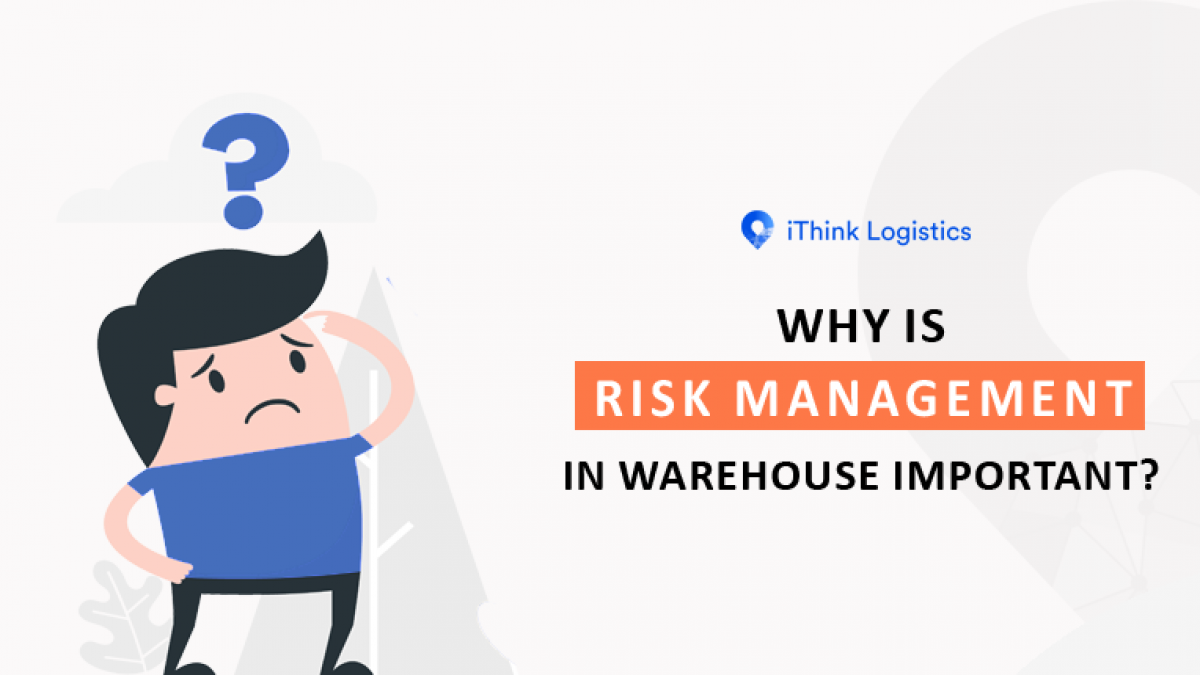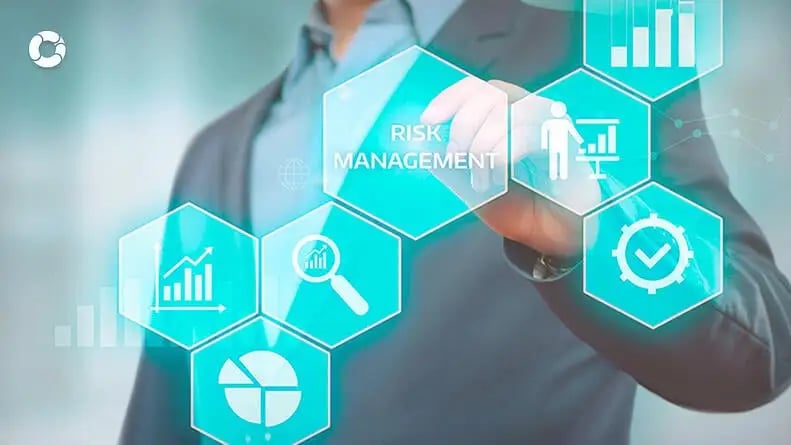Checking out the Value of Risk Management for Effective Decision-Making Methods
In the elaborate world of organization, Risk Management emerges as a critical variable in the decision-making procedure. The capacity to identify possible dangers and opportunities, and strategize accordingly, can lead to the difference in between success and failing.
Recognizing the Principle of Risk Management
Risk Management, an essential element in decision-making, is often misunderstood or oversimplified. Risk Management entails structured and disciplined approaches, making use of data and informative evaluations. From monetary uncertainties, legal obligations, tactical Management mistakes, to accidents and all-natural disasters, it attends to numerous threats - importance of risk management.
The Duty of Risk Management in Decision-Making Processes
In the realm of strategic preparation and organization operations, Risk Management plays an essential function in decision-making processes. It helps in identifying prospective risks and unpredictabilities that can influence the success of organization objectives. By tracing these threats, companies can develop strategies to minimize their impact, ensuring business continuity and stability. Risk Management thus comes to be a vital device in decision-making, aiding leaders to make educated selections based on a thorough understanding of the risks entailed. It urges an aggressive approach, making it possible for companies to prepare and expect for feasible future situations. This substantially minimizes the chance of negative repercussions, promoting much more reliable and efficient decision-making approaches. Risk Management serves as a vital element in the decision-making processes of any kind of company.

How Risk Management Boosts Strategic Preparation
In the context of tactical planning, Risk Management plays a critical duty. Starting with the recognition of possible risks, it better encompasses the execution of Risk mitigation measures. The role of Risk Management is not static but dynamic, as it requires constant surveillance and adjusting of techniques.
Determining Possible Risks

Implementing Risk Reduction
Risk reduction methods can vary from Risk evasion, Risk transfer, to take the chance of decrease. Each technique should be tailored to the specific Risk, considering its potential effect and the company's Risk tolerance. Reliable Risk reduction requires a deep understanding of the Risk landscape and the potential impact of each Risk.
Monitoring and Changing Methods
Though Risk mitigation is a critical step in tactical planning, continual tracking and modification of these strategies is similarly vital. This ongoing procedure allows organizations to determine brand-new risks and reassess existing ones, ensuring the find implemented techniques remain effective in the ever-changing organization environment. It likewise gives a chance to examine the success of the Risk Management procedures, allowing changes to be made where necessary, additional enhancing calculated planning. Reliable tracking and modification call for using analytics and vital efficiency indicators (KPIs) to determine effectiveness. These tools supply important data-driven understandings that can educate strategic decision-making. Tracking and changing Risk Management strategies is a crucial element for enhancing an organization's resilience and critical planning.
Situation Researches: Effective Risk Management and Decision-Making
In the world of service and financing, effective Risk Management and decision-making commonly serve as the columns of flourishing ventures. These cases highlight the worth of sharp Risk Management in decision-making processes. These cases underscore the crucial duty of Risk Management in critical decision-making.
Devices and Strategies for Effective Risk Management
Navigating the complex puzzle of Risk Management needs the appropriate collection of tools and methods. These devices, such as Risk registers and heat maps, aid in identifying and analyzing prospective dangers. Strategies consist of both quantitative approaches, like sensitivity analysis, and qualitative techniques, such as SWOT evaluation. These assistance in focusing on risks based on their potential impact and likelihood. Risk action techniques, an essential component of Risk Management, entail accepting, preventing, transferring, or mitigating risks. Monitoring and managing threats, via regular audits and reviews, make sure that the methods stay reliable. With these techniques and devices, decision-makers can navigate the complex landscape of Risk Management, consequently helping with notified and effective decision-making.
Future Patterns in Risk Management and Decision-Making Techniques
As we check out the vast landscape of Risk Management, it comes to be obvious that the techniques and tools made use of today will certainly continue to develop. Future fads direct towards a boosted reliance on technology, with artificial intelligence and artificial intelligence playing considerable functions. These innovations will certainly enable organizations to anticipate potential risks with higher accuracy and make more informed decisions. In addition, there will certainly be an expanding focus on durability, not just in taking care of threats however also in recuperating from damaging scenarios. Last but not least, the principle official source of Risk culture, where every participant of a company realizes and associated with Risk Management, will obtain more importance. These trends proclaim an even more inclusive and proactive method in the direction of Risk Management and decision-making.
Final thought

Risk Management thus comes to be an important tool in decision-making, aiding leaders to make enlightened choices based on a comprehensive understanding of the dangers entailed. Risk reduction approaches can range from Risk evasion, Risk transfer, to run the risk of reduction (importance of risk management). Efficient Risk reduction needs a deep understanding of the Risk landscape and the potential influence of each Risk. Risk action methods, a crucial element of Risk Management, include approving, avoiding, transferring, or mitigating threats. The idea of Risk society, where every member of an organization is conscious and entailed in Risk Management, will get more importance
 Jeremy Miller Then & Now!
Jeremy Miller Then & Now! Danielle Fishel Then & Now!
Danielle Fishel Then & Now! Christy Canyon Then & Now!
Christy Canyon Then & Now! Meadow Walker Then & Now!
Meadow Walker Then & Now! Pierce Brosnan Then & Now!
Pierce Brosnan Then & Now!